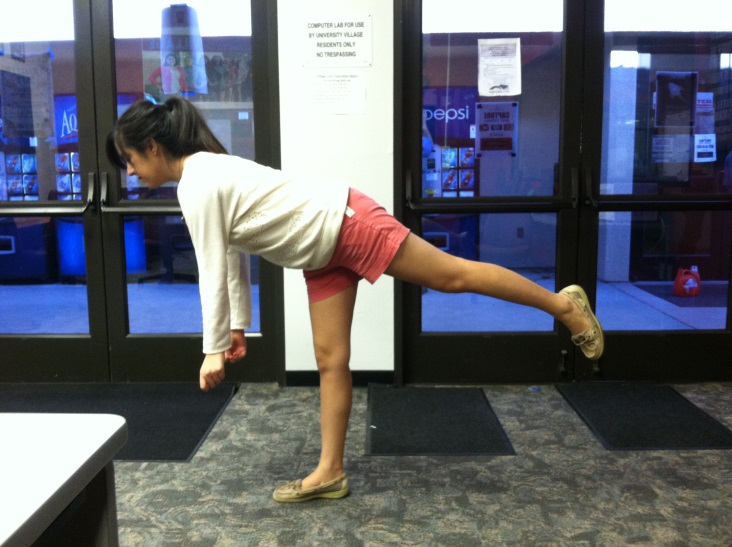First things first: Balance training for starters.
Balance training under fatigue: a randomized controlled trial of the effect of fatigue on adaptations to balance training.
Keller M, Lichtenstein E, Roth R, Faude O. J Strength Cond Res. August 29, 2023. doi: 10.1519/JSC.0000000000004620. E-publishing prior to printing. PMID: 37643391.
Full text freely available
Take home message
Balance training in a non-fatigued state produces better balance performance than training in a fatigued state. When combining balance training with other more specific training regiments, balance training should be performed before any activity that may cause fatigue.
Background
Balance training can help prevent ankle injuries. Many injury prevention programs are completed tirelessly. However, fatigue has a negative impact on the risk of lower extremity injury. To optimize our balance training, we need to know whether to ask athletes to perform the training in a fatigued or untiring state.
Study aim
The researchers completed a randomized controlled trial to assess the neuromuscular performance benefits of balance training, regardless of whether they were fatigued or not.
Methods
Initially, 52 participants completed a pre-test, including a balance assessment on 3 surfaces (wobble board, soft mat and solid ground), jump height and shuttle run test before and after high-intensity interval training (HIIT) to induce fatigue. The researchers randomly assigned participants to 1 of 3 groups: 1) balance training alone, 2) balance training while fatigued (after HIIT), and 3) balance training before fatigue (before HIIT). Participants completed 12 sessions over 6 weeks, with a minimum of 48 hours between sessions. All participants completed identical balance training interventions. Participants then completed assessments 2 to 5 days after the final training session, including a balance assessment, jump height and shuttle run test.
Results
In all six balance assessment conditions (three surfaces, fatigued or not), the group that performed balance training while fatigued experienced smaller benefits than the groups that performed balance training only or balance training before fatigue. In terms of performance, both groups that performed HIIT had greater jump height and shuttle run improvements than the group that only did balance training. Four of the five people lost to follow-up participated in the balance training while fatigued.
Viewpoints
Overall, the results of the study showed that fatigue has a negative impact on balance training. Therefore, athletes should perform balance training in a non-fatigued state (for example, at the beginning of a training session). The results also show that balance training can be combined with performance training for additional benefits. However, athletes should complete performance training after balance training to maximize the benefits of each. Ultimately, almost 1 in 4 people who performed the balance training while fatigued quit the program. This finding may indicate that athletes do not enjoy doing balance training in a fatigued state, which could lead to compliance issues in the real world.
Clinical implications
Clinicians should ask athletes to perform balance training at the beginning of a training session (before fatigue sets in).
Questions for discussion
How and when do you implement balance training in your clinical practice? What changes might you make based on the evidence presented in this study?
Written by Kyle Harris
Reviewed by Jeffrey Driban
related posts
Balancing ankle injuries and football with… Balance
Save the ankles with bracing or balance training: both are better than nothing
Shake It Up: vibration training improves balance in chronic ankle instability
A simple balance test can identify the risk of non-contact lower limb injury
Balance assessments cannot predict ACL injury in elite female athletes







